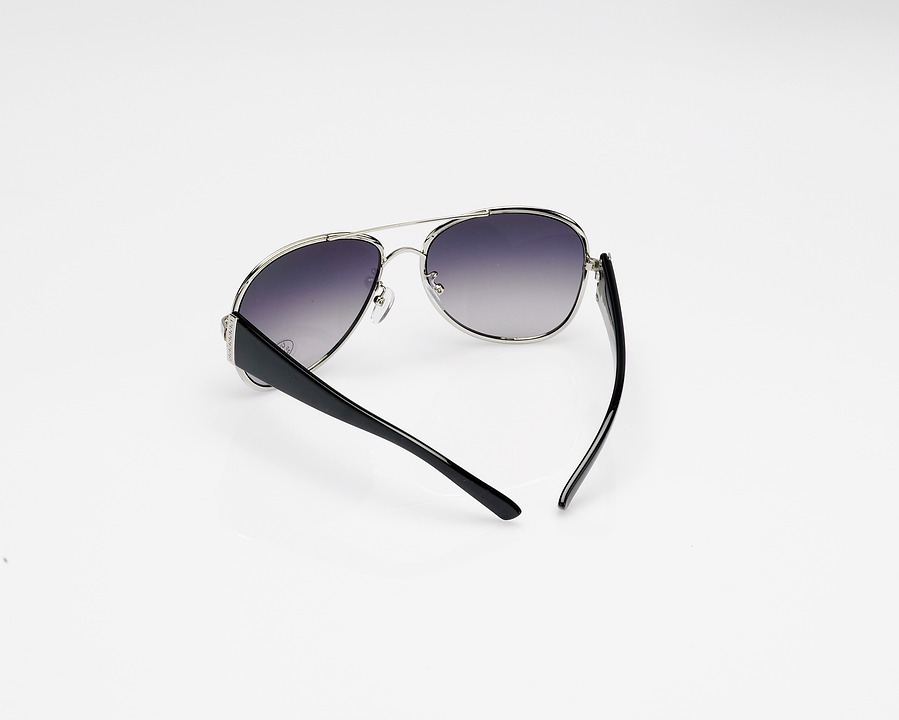Introduction
The fashion industry, often criticized for its environmental impact, is undergoing a significant transformation. Brands and designers are increasingly embracing sustainable practices, responding to growing consumer demand for eco-friendly and ethical fashion. This shift not only addresses environmental concerns but also represents a new era of innovation in the industry.
The Rise of Sustainable Fashion
Over the past decade, awareness of the environmental impact of fashion has grown significantly. The industry is responsible for a considerable amount of waste and pollution, contributing to climate change and environmental degradation. In response, many fashion brands are adopting sustainable practices, ranging from using eco-friendly materials to implementing circular fashion models.
Eco-Friendly Materials
One of the most significant changes in the industry is the shift towards eco-friendly materials. Brands are increasingly using organic cotton, recycled polyester, and innovative fabrics made from natural resources like bamboo and hemp. These materials not only reduce the environmental footprint but also promote better working conditions in supply chains.
Circular Fashion
The concept of circular fashion is gaining traction as brands explore ways to extend the lifecycle of their products. This involves designing clothing that can be easily recycled or repurposed, reducing waste and conserving resources. Initiatives such as take-back programs, where consumers can return old garments for recycling, are becoming more common.
Technological Innovations
Technology is playing a crucial role in the fashion industry’s sustainability efforts. Digital tools and innovations are enabling brands to minimize waste, improve supply chain transparency, and create more efficient production processes.
3D Printing
3D printing technology is revolutionizing the way clothes are made, allowing for precise production with minimal waste. This technology enables designers to create intricate designs and prototypes quickly, reducing the need for excess materials and unsold inventory.
Blockchain for Transparency
Blockchain technology is being used to enhance transparency and traceability in the fashion supply chain. By providing a digital ledger of every step in the production process, brands can ensure that their products are made ethically and sustainably, gaining consumer trust in the process.
Consumer Demand Driving Change
As consumers become more conscious of the impact of their fashion choices, they are demanding greater accountability from brands. This shift in consumer behavior is driving the fashion industry to adopt sustainable practices at a faster pace than ever before.
Ethical Consumerism
Today’s consumers are more informed and discerning, often opting for brands that align with their values. Ethical consumerism is on the rise, with shoppers willing to pay a premium for products that are environmentally friendly and ethically produced.
Influence of Social Media
Social media platforms have amplified the voices of consumers advocating for sustainable fashion. Influencers and activists are using these platforms to raise awareness about environmental issues and promote brands that prioritize sustainability, further encouraging the industry to adapt.
Conclusion
The fashion industry’s embrace of sustainable practices marks a crucial step towards a more ethical and environmentally friendly future. As more brands commit to eco-friendly materials, innovative technologies, and transparent supply chains, the industry is poised to make a significant positive impact on the planet. This transformation not only reflects the changing demands of consumers but also highlights the potential for innovation and growth within the fashion world.


